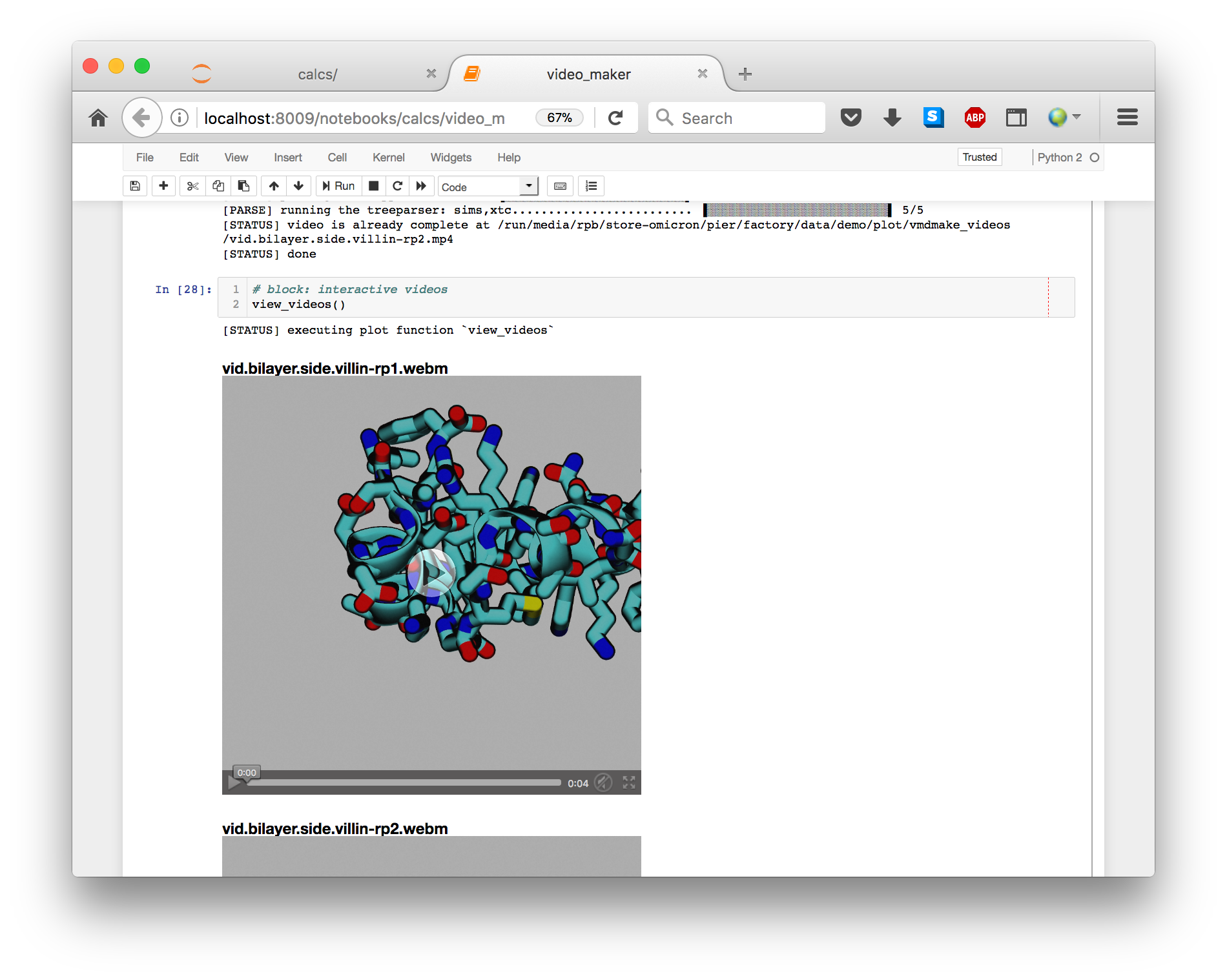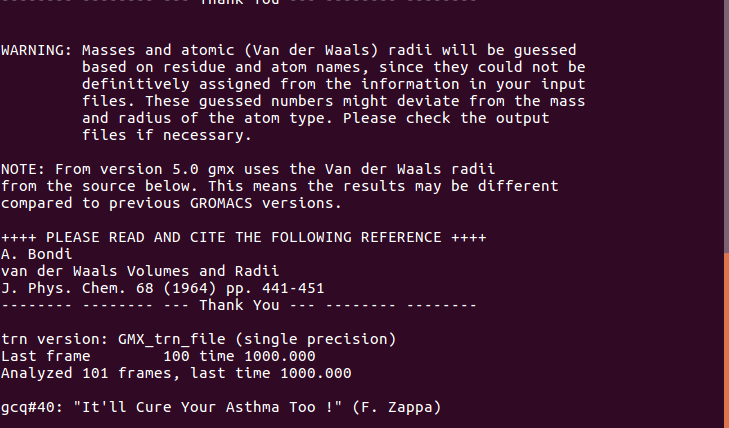

Simultaneously additional information at the vmd console will appear. The green label containing residue name, number and atom type will appear (Fig. To switch-on the selection mode press 1 on the keyboard and then click on any atom. If you come back to the rotation mode you will see that now the protein rotates around the chosen atom. To switch-on the center mode press c on the keyboard and then click left on the chosen atom. Scaling is also possible in the rotation or translation mode by rolling the middle mouse button. To switch-on the translation mode press s on the keyboard and then press the mouse left key and translate. To switch-on the translation mode press t on the keyboard and then press the mouse left key and translate. Usually the rotation mode is the default 2) Translate the protein. If it does not work press r on the keyboard to switch-on the rotation mode. In the VMD OpenGL display window the user can: 1) Rotate the protein. VMD OpenGL The VMD OpenGL (Fig.3) is the main graphic window in which the molecule is displayed.

If the trajectory is loaded, this window allows the user to play, stop and pause the trajectory, to select a particular frame number to be displayed, to choose if the trajectory should be played once or in a loop or to change the speed (how fast the trajectory is played). To change T, A, D and F it is enough to double-click on them. Each molecule has its ID, T (Top), A (Active), D (Displayed) and F (Fixed) options, the information about number of atoms in the structure and the number of Frames loaded is given. 2) is a VMD control window, which contains all sub-menus and also shows all loaded molecules.


 0 kommentar(er)
0 kommentar(er)
